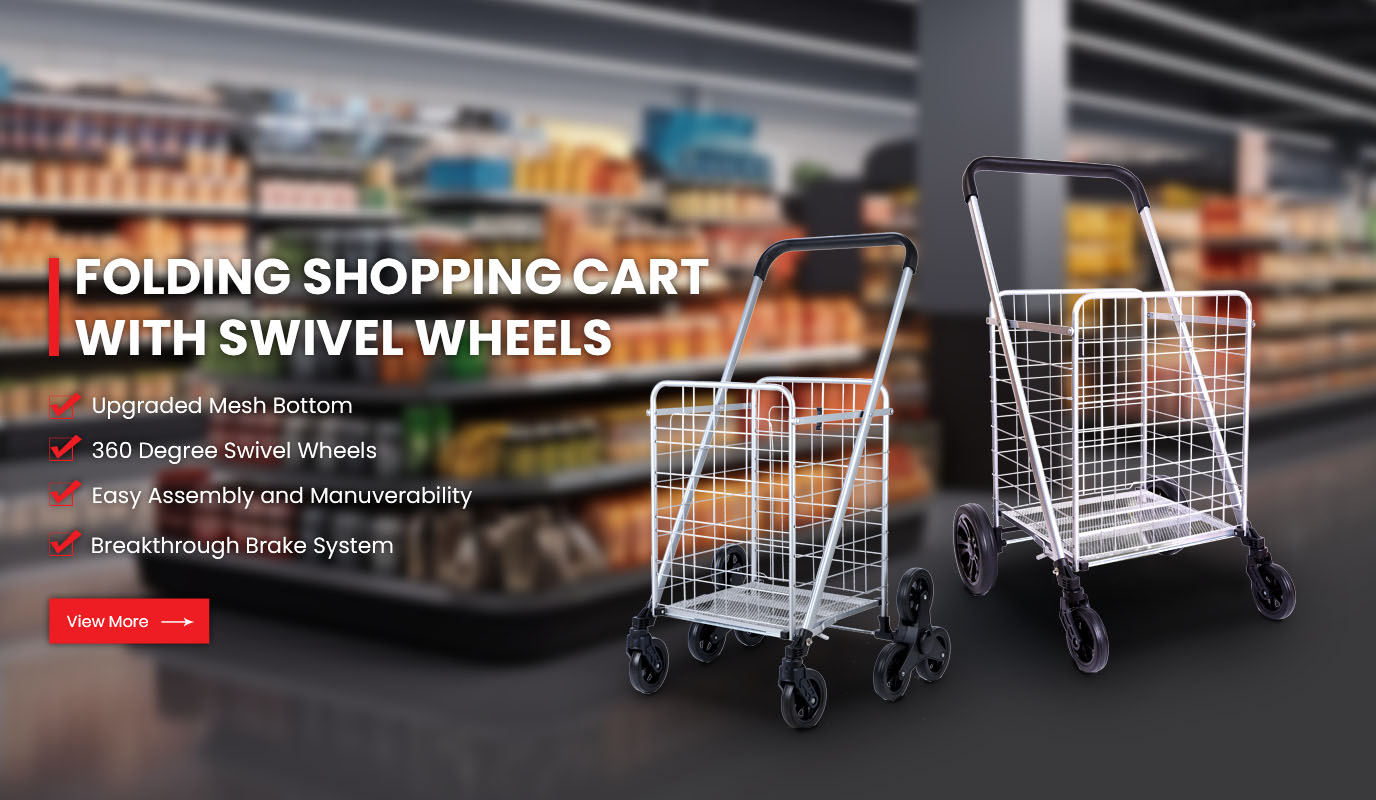How Modular Laundry Basket Design Reduces Storage Space By 30%
Modular design: Redefining the space efficiency of Laundry Baskets
Traditional laundry baskets often waste storage space due to their fixed structure and single function. According to statistics, the stacking height of laundry baskets in standard warehouses does not exceed 1.5 meters, and the space utilization rate is less than 40%. Modular laundry baskets take storage efficiency to a new level through foldable, stackable and multi-functional integrated design. Its core innovations include:
Foldable design: The volume is reduced by 70% when empty, suitable for shelf gaps or vehicle trunks.
Stackable structure: The exclusive buckle design allows the stacking height to reach 3 meters, which is 100% higher than the traditional method.
Multi-functional integration: Compatible with over the cart grocery tote, realizing "one item for multiple scenarios".
Three space optimization principles of modular design
1. Foldable design: Release idle space
Traditional laundry baskets cannot be compressed due to their rigid frames, while modular designs use hinge joints and elastic fabrics:
Hinged folding system: Through a four-way folding structure, the volume is compressed from 60L to 18L.
Elastic mesh: automatically shrinks when folded to avoid collision damage with hard materials.
Case: After a logistics center adopted foldable laundry baskets, the loading capacity of a single pallet increased from 200 to 550 pieces, and the storage space occupied was reduced by 32%.

2. Stackable design: extreme use of vertical space
The stacking buckle design of the modular laundry basket breaks through traditional limitations:
Anti-slip slot: The upper and lower baskets are locked by trapezoidal slots, and the stacking stability is improved by 50%.
Weight dispersion: The bottom reinforcement rib design can stack up to 15 layers with a load of 200kg.
Data: The height utilization rate of warehouse shelves increased from 45% to 85%, and the storage capacity per unit area increased by 89%.
3. Multi-functional integration: cross-scenario reuse reduces storage categories
Cooperative design of modular laundry basket and over the cart grocery tote:
Quick release interface: The standard buckle is reserved on the top of the laundry basket, which can be turned into a shopping bag cart in seconds, reducing the need for separate storage.
Material versatility: Waterproof Oxford cloth is used, which is suitable for multiple scenarios such as laundry, shopping, and transportation, and the number of SKUs is reduced by 40%.
Customer Case: Space Revolution from Home to Warehouse
1. Small Apartment: Space Compression and Traffic Flow Optimization
Vertical Storage: After folding, it is placed in the gap on the top of the washing machine, freeing up 1.2㎡ of floor space.
Traffic Flow Integration: The laundry basket also serves as an over the cart grocery tote, reducing the number of entrance lockers.
Results: Storage space occupancy is reduced by 35%, and cleaning efficiency is increased by 20%.
2. Large Storage Center: Double Breakthrough in Density and Efficiency
High-density storage: The shelf height is increased from 2 meters to 3.5 meters, and the storage density is increased by 75%.
Sorting Efficiency: The laundry basket in the folded state can be processed through the automatic sorting line at a processing speed of 1,200 pieces/hour.
Data: Warehousing costs are reduced by 28%, and order fulfillment time is shortened to 2 hours.
Technical details: Engineering innovation supports space efficiency
1. Structural mechanics optimization
Topology optimization algorithm: AI simulation is used to find the optimal solution for material distribution, reducing weight by 30% without changing strength.
Fatigue test: The hinge mechanism has passed 100,000 folding tests and has a service life of more than 5 years.
2. Material innovation
Composite frame: Glass fiber reinforced PP replaces metal, reducing weight by 50% and improving corrosion resistance by 3 times.
Self-repairing coating: Surface nano-coating can repair tiny scratches and extend the life of the appearance.
3. Production process reengineering
Modular production line: The same production line can switch between producing laundry baskets and over the cart grocery tote, reducing the changeover time from 4 hours to 20 minutes.
Lean packaging: After folding, vacuum compression packaging is used, and the loading capacity of a single container is increased by 2.3 times.
Future trends: Intelligent and sustainable upgrades
1. Intelligent inventory management
RFID tags: Electronic tags embedded in laundry baskets monitor inventory locations in real time, and the accuracy of out-of-stock warning exceeds 95%.
Automatic dispatching system: AGV robots automatically allocate folding baskets according to order requirements, and the warehouse turnover rate is increased by 40%.
2. Circular economy model
Shared leasing: Users rent modular laundry baskets through the APP, and return them to the factory for cleaning and reuse after use, reducing resource consumption by 60%.
Recycled materials: Using recycled marine plastic particles, the carbon footprint of a single product is reduced by 4.2kg CO₂.
3. Space adaptive design
Deformation structure: The volume of the basket is automatically adjusted through the air pressure device to adapt to different storage spaces.
Magnetic expansion: The side can absorb expansion bags to increase capacity as needed.
The modular laundry basket reduces the storage space occupancy by more than 30% through foldable, stackable and cross-scenario reuse design, while promoting the transformation of the supply chain to flexibility and intelligence. Whether it is home storage or large logistics centers, this design is redefining the boundaries of "space efficiency". In the future, with the deep integration of intelligent technology and circular economy, modular design may become a benchmark paradigm for the warehousing revolution.



